Florida EgoEase Hospital is causing a major shift in post-surgical recovery this year. At Baptist Health South Florida in Miami, a groundbreaking initiative has transformed three post-operative suites into specialized “EgoEase Recovery Rooms.” Unveiled on May 9, 2025, these rooms integrate cutting-edge sensory elements designed to enhance healing. With shorter hospital stays and soaring patient satisfaction scores already recorded, this pilot program could redefine recovery standards across the state. The question now is whether this innovative approach will expand further.
A New Approach to Healing
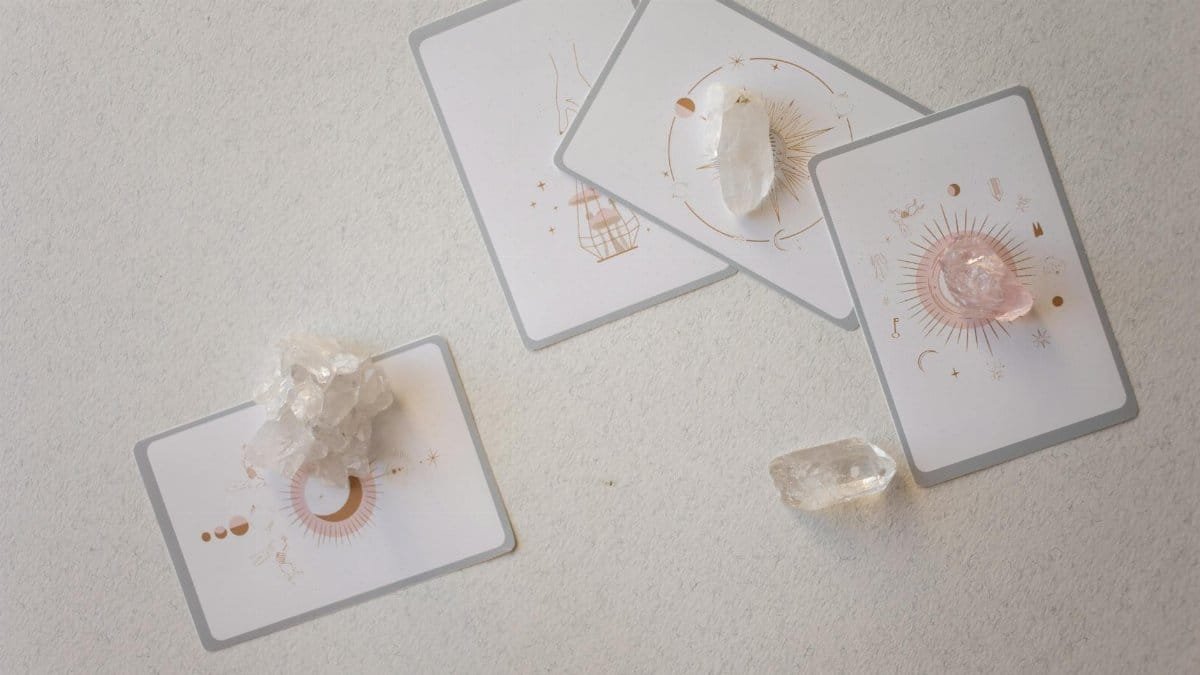
At the heart of Baptist Health South Florida’s latest experiment are the EgoEase Recovery Rooms, a first-of-their-kind setup for post-surgical patients. These suites ditch the sterile, clinical vibe of traditional hospital rooms for a calming, sensory-focused environment. The hospital has prioritized elements that promote relaxation and recovery, aiming to address both physical and mental well-being after surgery. It’s a bold move in a healthcare landscape often criticized for neglecting the emotional side of healing.
Circadian Lighting and Soundscapes
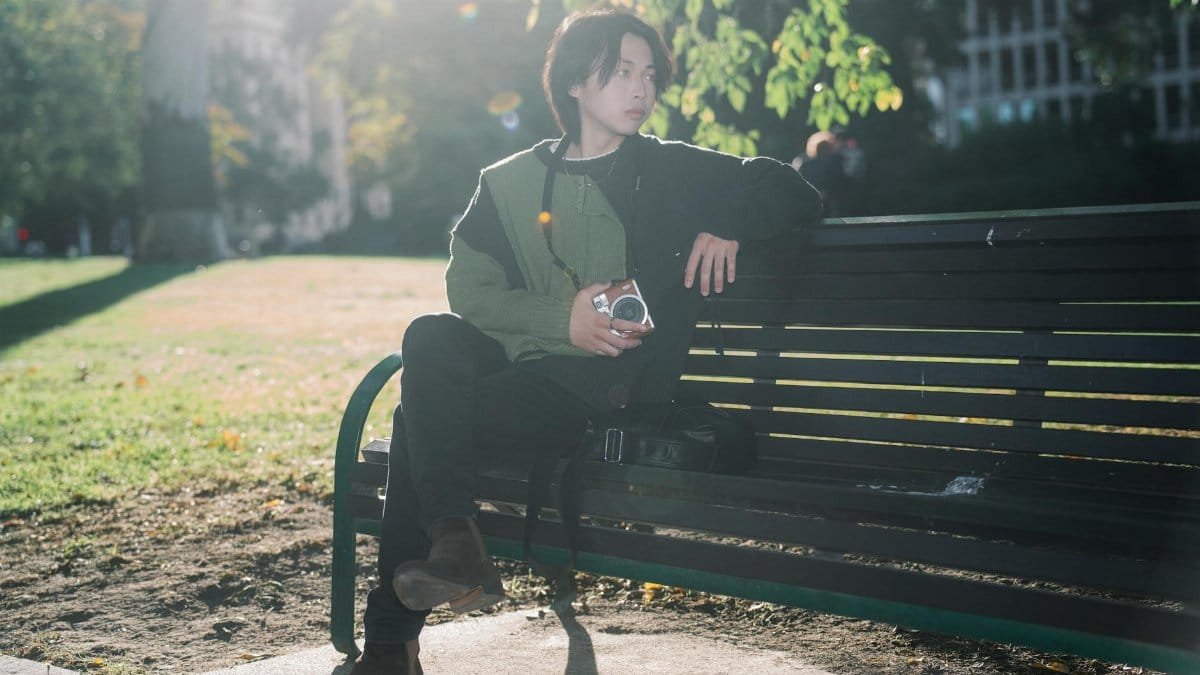
One standout feature of the EgoEase Recovery Rooms is the use of circadian LED lighting, which mimics natural day-night cycles to regulate patients’ sleep patterns. Paired with 528-Hz soundscapes—frequencies often associated with stress reduction—these elements create a soothing backdrop. The hospital’s design team has carefully curated these features to reduce anxiety and foster a sense of calm, potentially speeding up the body’s natural healing processes during critical recovery periods.
Virtual Reality Ocean Visuals

Patients in these rooms can also opt for guided VR ocean visuals, an immersive experience that transports them to serene coastal settings. This technology isn’t just a distraction; it’s intended to lower stress levels and improve mental outlook post-surgery. By simulating peaceful environments, Baptist Health South Florida taps into the therapeutic potential of visualization, a technique gaining traction in medical settings for its ability to support emotional recovery alongside physical healing.
Breathwork with Nurse Supervision
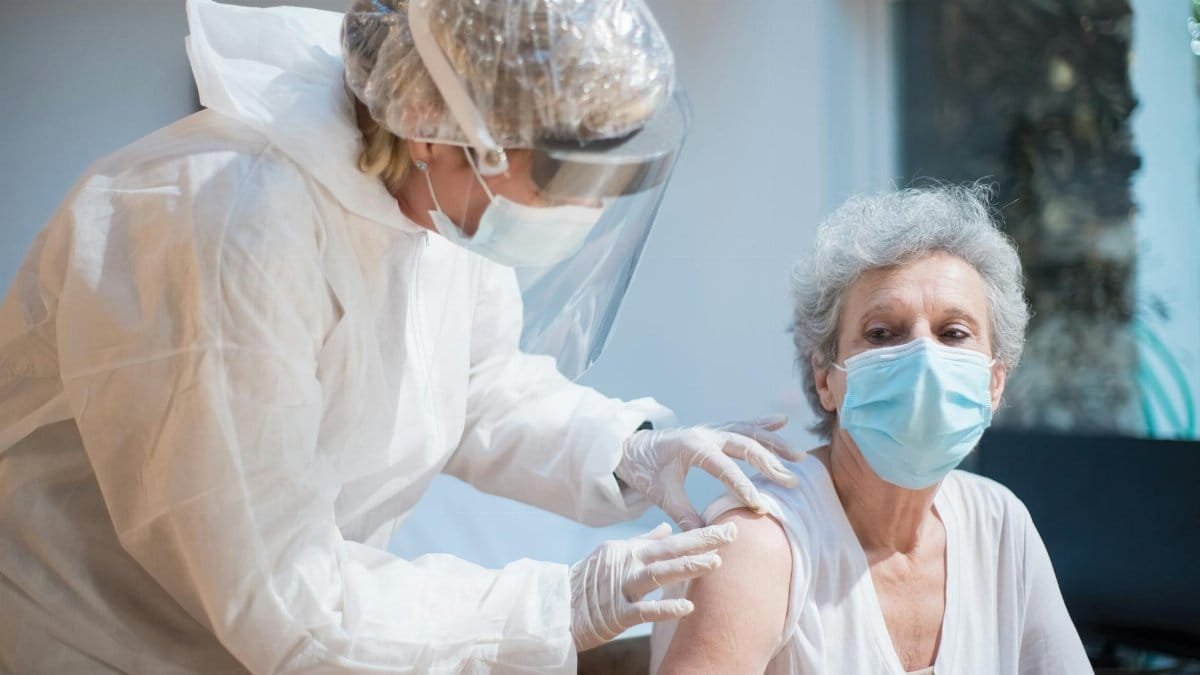
Every four hours, patients have access to nurse-supervised breathwork sessions, a structured practice aimed at reducing pain perception and enhancing relaxation. This hands-on approach ensures that patients receive personalized attention while learning techniques to manage discomfort without over-relying on medication. It’s a small but significant step toward integrating holistic care into mainstream hospital protocols, reflecting a growing interest in mindfulness-based interventions in healthcare.
Promising Results from the Pilot Program

The six-week pilot program, involving 78 knee-replacement patients, has yielded impressive outcomes. Patients in the EgoEase Recovery Rooms averaged 1.2 fewer days in the hospital compared to those in standard rooms. This reduction in stay length not only benefits patients eager to return home but also frees up critical hospital resources. The data suggests that a sensory-rich recovery environment could have tangible impacts on operational efficiency.
Patient Satisfaction Soars
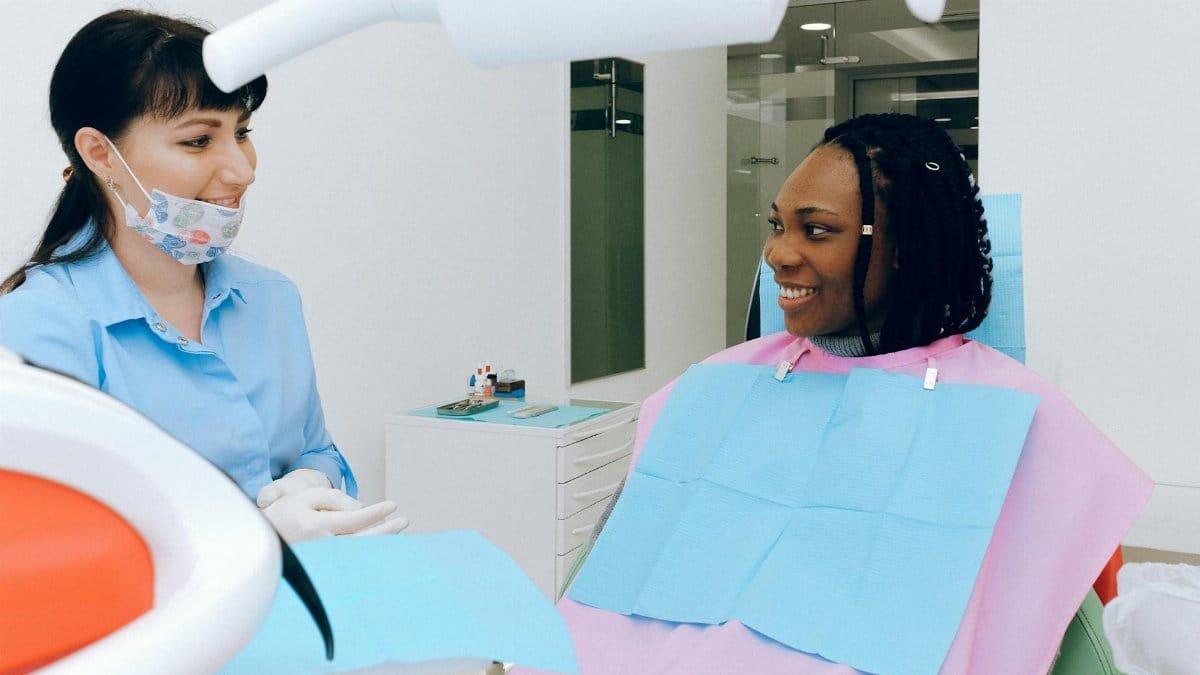
Perhaps even more striking is the 17-point increase in HCAHPS satisfaction scores among patients using the EgoEase rooms versus those in traditional settings. HCAHPS, or Hospital Consumer Assessment of Healthcare Providers and Systems, measures patient perceptions of care quality. This significant jump indicates that patients not only felt better physically but also valued the enhanced experience, a factor increasingly tied to hospital reputation and funding.
Financial Viability and Future Expansion

Angela Ruiz, CFO of Baptist Health South Florida, highlighted the potential return on investment (ROI) as a key driver for scaling the program. If outcomes remain consistent, the hospital system could expand the EgoEase model to all seven of its campuses by mid-2026. However, this hinges on continued tracking of patient outcomes and securing insurance-coding approval to ensure the initiative remains financially sustainable in the long term.
Broader Implications for Healthcare
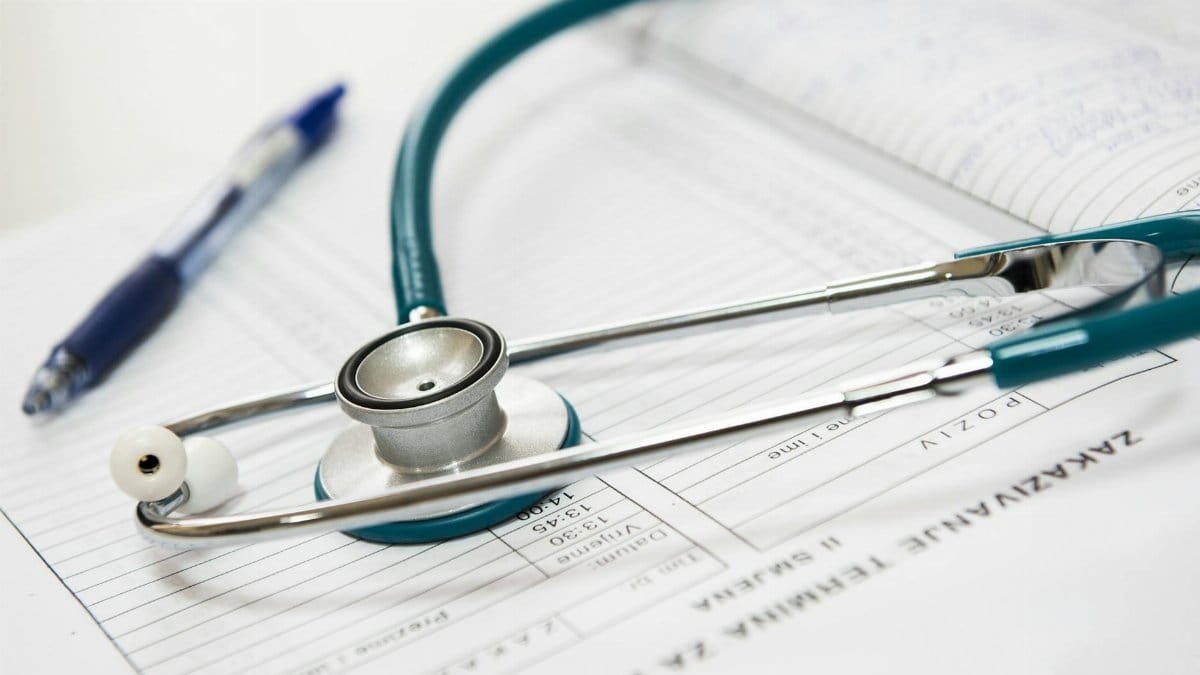
The success of Florida EgoEase Hospital’s recovery rooms points to a larger trend in U.S. healthcare: the integration of holistic and patient-centered design. As hospitals face pressure to improve outcomes while managing costs, innovations like these could set a new standard. Research from institutions like the National Institutes of Health shows growing evidence for the benefits of mindfulness and environmental design in medical settings, supporting the direction Baptist Health is taking.
Challenges Ahead

Despite the early success, hurdles remain. Securing insurance approval for non-traditional recovery methods is no small task, as payers often prioritize conventional treatments. Additionally, scaling the program across multiple campuses will require significant investment in infrastructure and staff training. Baptist Health must balance these costs against the demonstrated benefits, ensuring that the EgoEase model doesn’t become a luxury limited to select facilities or patient groups.
A Model for the Future?

As healthcare evolves in 2025, initiatives like the EgoEase Recovery Rooms could inspire other hospitals to rethink post-surgical care. With mounting evidence—backed by studies from organizations like Centers for Disease Control and Prevention —that patient environment impacts recovery, Baptist Health South Florida’s experiment may signal a shift toward more compassionate, innovative care. For now, all eyes are on Miami to see if this pilot can sustain its early promise and reshape recovery statewide.
